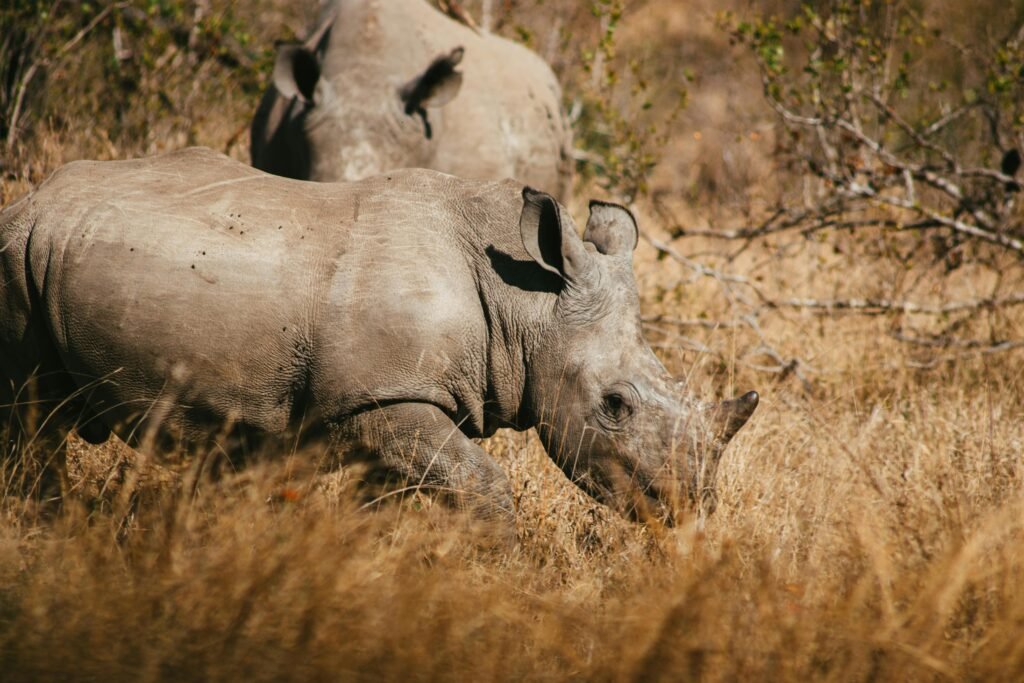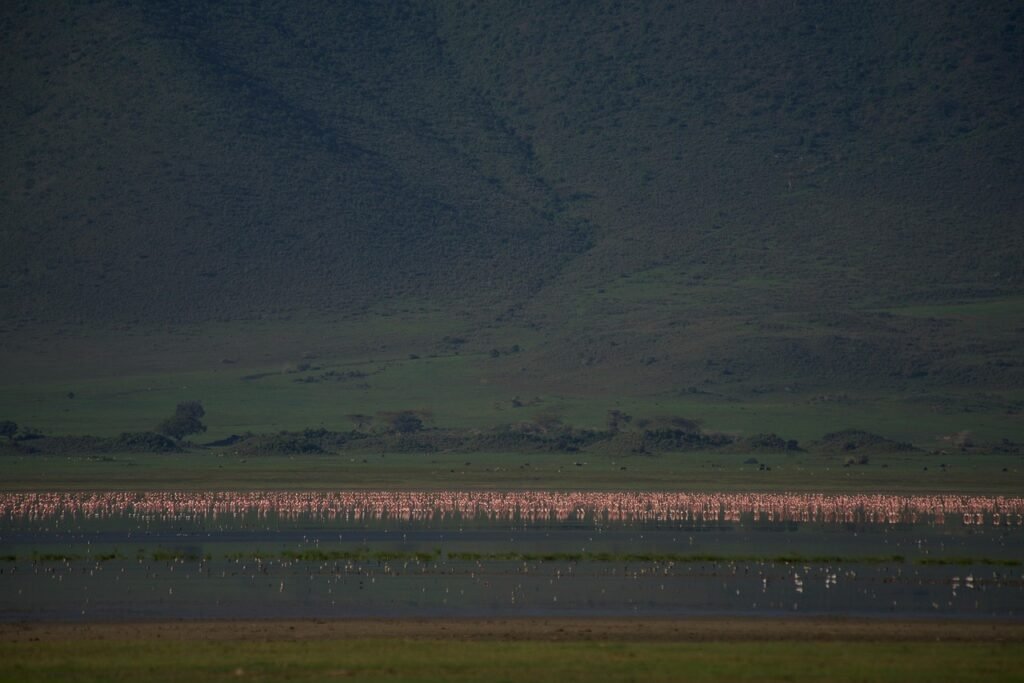Ngorongoro Crater
Ngorongoro Crater – Where Wildlife Roams Free and Wild



According to UNESCO, the Ngorongoro Conservation Area is home to approximately 25,000 large mammals, making it one of Africa’s most wildlife-rich regions. Here, you can encounter the legendary Big Five — elephants, rhinos, lions, leopards, and buffalo — along with a dazzling array of other species, including hippos, zebras, antelopes, servals, and warthogs.
Thanks to the compact size of the crater floor, covering just 260 km² (100 mi²), thrilling wildlife encounters occur every 10 to 15 minutes during a safari drive — a major reason why Ngorongoro proudly holds its UNESCO World Heritage designation.
Beyond its mammals, Ngorongoro is a haven for bird lovers, boasting more than 600 bird species and offering some of Tanzania’s most spectacular birdwatching experiences.
Wildlife of Ngorongoro Conservation Area?
On a safari through the Ngorongoro Crater with Go Gears Safaris, you’ll have the rare opportunity to encounter many of Tanzania’s most iconic animals, as most species live within the crater throughout the year. Thousands of large mammals thrive in this relatively small area, making it possible to witness nearly all major savanna wildlife in just a single day.
A 2020 study by Patricia D. Moehlman and Joseph O. Ogutu, titled Long-term Historical and Projected Herbivore Population Dynamics in Ngorongoro Crater, Tanzania, offers in-depth population data on the crater’s remarkable wildlife.
Although this study does not include smaller species like servals, caracals, warthogs, and foxes, it still estimates around 25,000 mammals within the crater. While animal numbers can shift with seasonal movements, Ngorongoro remains one of the most rewarding places in Africa for unforgettable wildlife encounters.

Best time to Visit Ngorongoro Crater
The ideal time to explore the Ngorongoro Crater is during the dry season, from June to October. During these months, wildlife is easier to spot as animals gather around limited water sources, and the sparse vegetation allows for clear, unobstructed views. The cooler, pleasant weather also makes safari drives much more enjoyable.
The short rainy season, spanning November to December, offers a different kind of charm. Light rains transform the crater into a lush, green paradise, and fewer tourists mean a more peaceful experience. January and February are especially notable for the calving season, when many species give birth, drawing predators and creating dramatic wildlife encounters.
From March to May, the long rains bring heavier downpours, making some roads muddy and harder to access. However, for travelers seeking solitude and vivid, green landscapes, this season can offer a quieter, uniquely beautiful safari experience.
